When it comes to core exercises, the Back Plank Exercise, also known as the Reverse Plank, is often overlooked. However, this effective move is a powerful way to strengthen not only your core but also your entire posterior chain, including the lower back, glutes, and hamstrings. By incorporating the Back Plank into your fitness routine, you can improve core stability, enhance posture, and build overall body strength. In this article, we’ll explore the benefits of the Back Plank Exercise, how to perform it correctly, and tips for making the most out of this underrated move.
What Is the Back Plank Exercise?
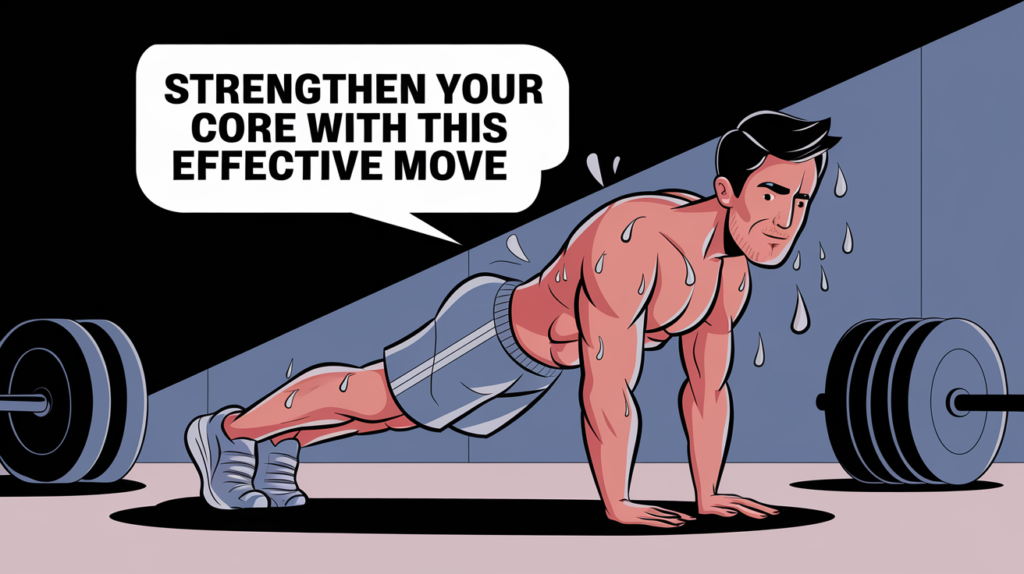
The Back Plank is an exercise where you hold your body in a straight line while facing upward, supported by your hands and heels. Unlike the traditional plank that primarily engages the front of your core, the Back Plank targets the muscles along the back of your body, making it a comprehensive exercise for overall core and posterior chain strength.
Read More How to Perform the Baki Plank: A Unique Core Strength Exercise
How It Works
In the Back Plank, you lift your body off the ground, forming a straight line from your head to your heels. This position requires strong engagement of the posterior chain muscles, as well as your core, to maintain alignment and prevent your hips from sagging.
Benefits of the Back Plank Exercise
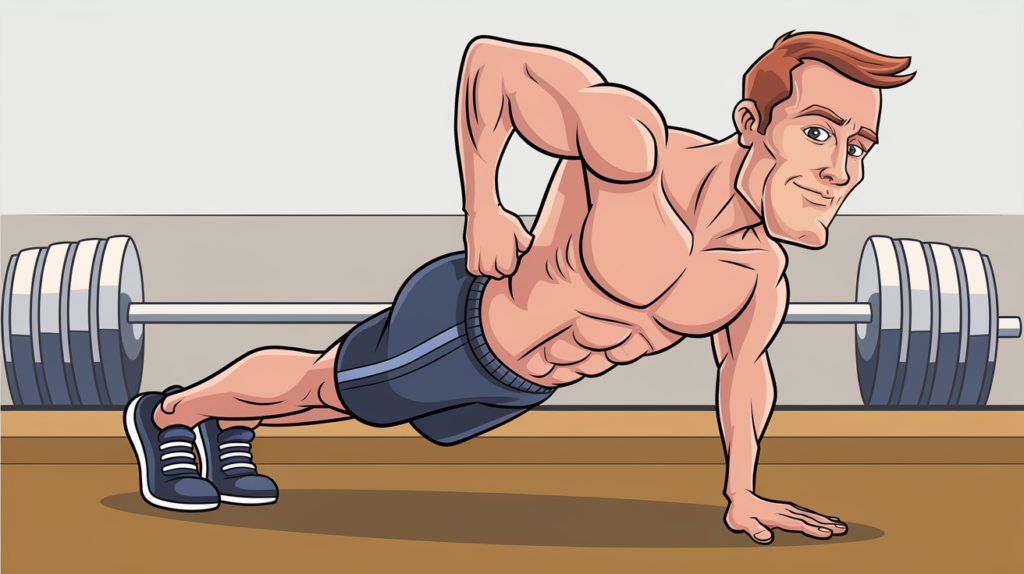
The Back Plank Exercise offers a range of benefits that make it a valuable addition to any workout routine:
1. Strengthens the Posterior Chain
The Back Plank targets the muscles along the back of your body, particularly the glutes, hamstrings, and lower back. Strengthening these muscles helps improve posture, reduces the risk of lower back pain, and enhances overall body strength.
2. Improves Core Stability
While the traditional plank focuses on the front of the core, the Back Plank engages the posterior core muscles, including the lower back and glutes. This improves core stability, which is essential for maintaining balance and proper posture.
3. Enhances Posture
A strong posterior chain supports the natural curvature of the spine and helps you maintain good posture. By incorporating the Back Plank into your routine, you can reduce the risk of developing a hunched back and other posture-related issues.
4. Prevents Lower Back Pain
Weakness in the lower back and glutes is a common cause of lower back pain. The Back Plank helps to strengthen these muscles, providing better support for the spine and reducing the likelihood of back pain.
5. Engages the Entire Body
Although the Back Plank primarily targets the posterior chain, it also engages other muscle groups, including the shoulders, arms, and core. This makes it a full-body exercise that promotes overall strength and stability.
How to Perform the Back Plank Exercise Correctly
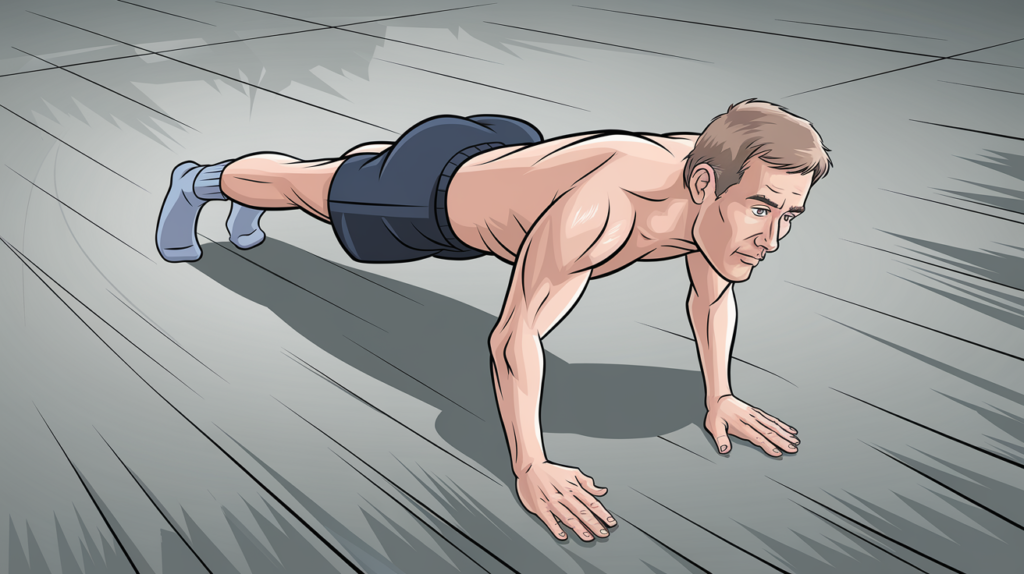
To maximize the benefits of the Back Plank and avoid injury, it’s important to perform the exercise with proper form. Here’s a step-by-step guide to help you master this effective move:
1. Starting Position
- Sit on the floor with your legs extended straight in front of you.
- Place your hands on the floor behind you, slightly wider than shoulder-width apart, with your fingers pointing toward your feet.
- Keep your arms straight and your shoulders down and back.
2. Engage Your Core and Glutes
- Press into your hands and heels to lift your hips off the ground, forming a straight line from your head to your heels.
- Engage your core by pulling your belly button toward your spine, and squeeze your glutes to keep your hips lifted.
3. Maintain Proper Alignment
- Ensure that your body remains in a straight line, with your hips level and your head in a neutral position (avoid letting your head drop back or tilt forward).
- Keep your shoulders down and away from your ears, and avoid locking your elbows.
4. Hold the Position
- Hold the Back Plank for as long as you can while maintaining proper form. Beginners may start with 20-30 seconds, gradually increasing the duration as strength and endurance improve.
- Breathe steadily throughout the exercise, focusing on deep, controlled breaths.
5. Rest and Repeat
- After completing your hold, lower your hips back to the ground and rest for a moment before repeating the exercise.
- Aim for 2-3 sets, depending on your fitness level.
Tips for Mastering the Back Plank Exercise
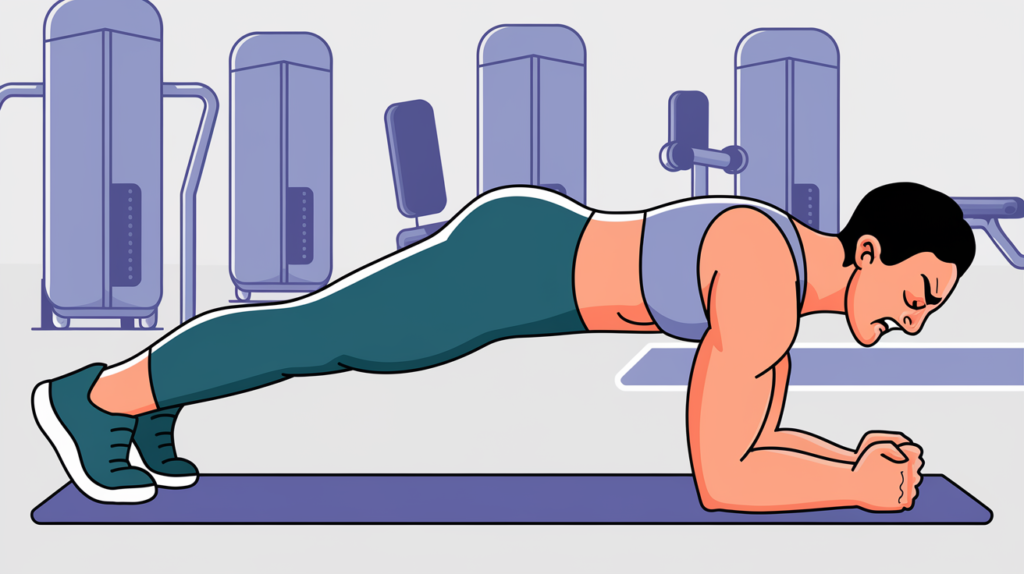
The Back Plank is a challenging exercise that requires focus and consistency. Here are some tips to help you get the most out of this move:
1. Focus on Form
Maintaining proper form is crucial for maximizing the benefits of the Back Plank and preventing injury. Ensure that your body forms a straight line from head to heels, and avoid letting your hips sag or your shoulders hunch.
2. Start with Modifications
If you’re new to the Back Plank or find it difficult to hold the position, start with a modified version. Bend your knees and keep your feet flat on the ground, lifting your hips to form a straight line from your shoulders to your knees. As you build strength, progress to the full Back Plank.
3. Incorporate Variations
To keep your routine interesting and target different muscle groups, incorporate variations of the Back Plank. Some options include:
- Single-Leg Back Plank: Lift one leg off the ground while holding the Back Plank, alternating sides for each set.
- Back Plank with Leg Lifts: Lift and lower one leg at a time while maintaining the plank position, engaging your glutes and hamstrings.
- Back Plank with Marching: Alternate lifting each leg off the ground in a marching motion while holding the Back Plank.
4. Use a Mirror or Partner
To ensure that you’re maintaining proper alignment, consider using a mirror or asking a workout partner to check your form. This feedback can help you make necessary adjustments and avoid common mistakes.
5. Stay Consistent
Consistency is key to building strength and seeing results. Incorporate the Back Plank into your routine at least 2-3 times per week, and you’ll notice improvements in your core stability and overall strength over time.
Incorporating the Back Plank Exercise into Your Workout Routine
The Back Plank is a versatile exercise that can be easily integrated into various workout routines. Here are some ideas for incorporating it:
1. Core Workouts
Add the Back Plank to your core workout routine as a complementary exercise to traditional planks. Perform 2-3 sets, holding each plank for 30-60 seconds, and pair it with other core exercises like bird-dogs, bridges, or supermans.
2. Strength Training Circuits
Incorporate the Back Plank into a full-body strength training circuit. Combine it with exercises like push-ups, squats, and lunges for a comprehensive workout that targets multiple muscle groups.
3. Active Recovery
On active recovery days, perform the Back Plank as a low-impact exercise that still challenges your core and posterior chain. This can help maintain your fitness levels while giving your body a break from more intense workouts.
Conclusion: Strengthen Your Core with the Back Plank Exercise
The Back Plank Exercise is an effective and often underrated move that can significantly improve core stability, posture, and overall strength. By incorporating this exercise into your regular fitness routine, you’ll build a stronger posterior chain, enhance your posture, and reduce the risk of lower back pain. Whether you’re new to fitness or looking to elevate your current routine, the Back Plank offers a powerful tool for achieving your goals. With consistent practice and attention to form, you’ll be able to master this exercise and enjoy the many benefits it brings to your overall health and well-being.



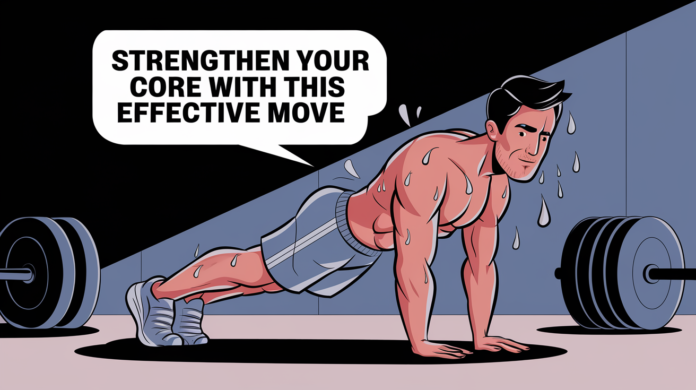


[…] Back Plank Exercise: Strengthen Your Core with This Effective Move […]
[…] it comes to core exercises, the plank is often the go-to move for building strength and stability. However, one variation that doesn’t […]